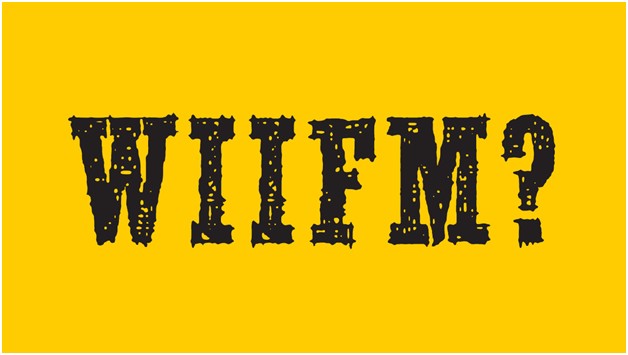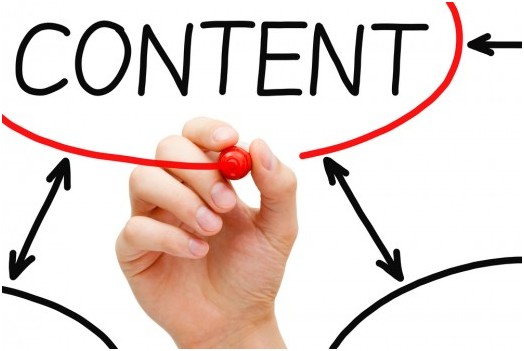Landing pages wear their influence on their sleeves. They can either get your visitors to delve further into your website, or simply make them bounce off – mostly to your competitor’s website.
You might have implemented the blockbuster marketing strategies, but if the interface between your customers and your product is not neat enough, you won’t be leaving them impressed. The landing page is the first point of contact between you and your visitors, and more often than not, it is the homepage of the website.
If you are not able to sell your homepage, you are not likely to sell anything else that lies inside, which brings us to all the ways companies go astray while creating the landing pages:
A Tagline that is a Faint Representation of Your Business or Brand Values
A brand tagline is not some clever English words strung together for form a quirky short sentence. Rather it is “some clever English words strung together for form a quirky short sentence that well and truly fall in sync with what your brand represents”. If you are off the mark in this aspect, you aren’t likely to intrigue the visitors.
And it is not just the main tagline, but also the taglines and headlines that accompany your discounts and other offers that can make a difference.
Overwhelmingly Crowded Page
Creating a canon of a landing page is on the agenda of just about every webmaster. A widget here, a pop up there, and a riot of colors everywhere – that’s the idea of impressing visitors for certain webmasters. Apparently, in an age where Internet is leaning towards the faster way downloading things, too many designing elements and gloss only go as far as slowing down your website. And that’s what takes a major hit on the site’s speed.
Besides the speed factor, what goes a long way in deciding the success or the lack of it of your website is its compatibility and responsiveness across different OS platforms and devices. And that’s again an area where overcrowding the website with fluff will not serve good purpose whatsoever. And then there are the footer links that make the page longer and slower. If your visitors didn’t find anything worth their time on the upper part of the page, they won’t at the footer.
Too Many Promotional Forms
This is a realization that should have dawned upon you a light year ago. The contact forms, subscription forms and so annoy users, and unfailingly so. Filling your website with hordes of such forms does not work at all – may be one odd form would. When you are aiming for high conversion rates, you need to be to the point and not restlessly roam around.
So, How do You Make the Landing Page Sell and Serve More
Well, there are ways:
The WIIFM Mantra

Sticking to the WIIFM mantra can pour in results of the highest measure since you are thinking from the perspective of your users. Feed the insights you get from being a customer into your designing stratagem and decide on the taglines, the header, the footer and other specifications you deem fit for your website.
Write Content that Intrigues
A web page is not all about design. Rather, the copy matters as much as the design, if not more. If you hire professional writers who know how to curate content in a way that stays true to your brand and at the same time keep the maudlin impulses off the rack, you are already there. The taglines matter and so do the sub headlines for every page. When you are running an offer, don’t just go for the flashy and tacky messages that are reminiscent of the 80s.

Quirky and brand relevant copies can give your brand an adrenaline shot of relevancy that is hard to wear off.
An Architecture that Encompasses Everything
To begin with, the navigational architecture of the landing page should be such that finding a link to inner pages is not hard at all and doesn’t force the users to squint. The categories should be appropriately placed and not too many in number. Widgets do serve a purpose, but not too many of them. Keep the number of widgets under check and only add the ones that add some value to the overall information and customer experience.
Use CTA Buttons Wisely
The Call to Action buttons should perform the expected action in just one go and not make the user go around in circles, which is the case otherwise. Having primary and secondary and so on CTA buttons manages to put off the customers, and quite quickly, I might add.
A landing page has to capture the attention, but without the theatrics and earth shattering effects. Deliver focus on the aspects that need to be focused at, and rest of it will take care of itself.

